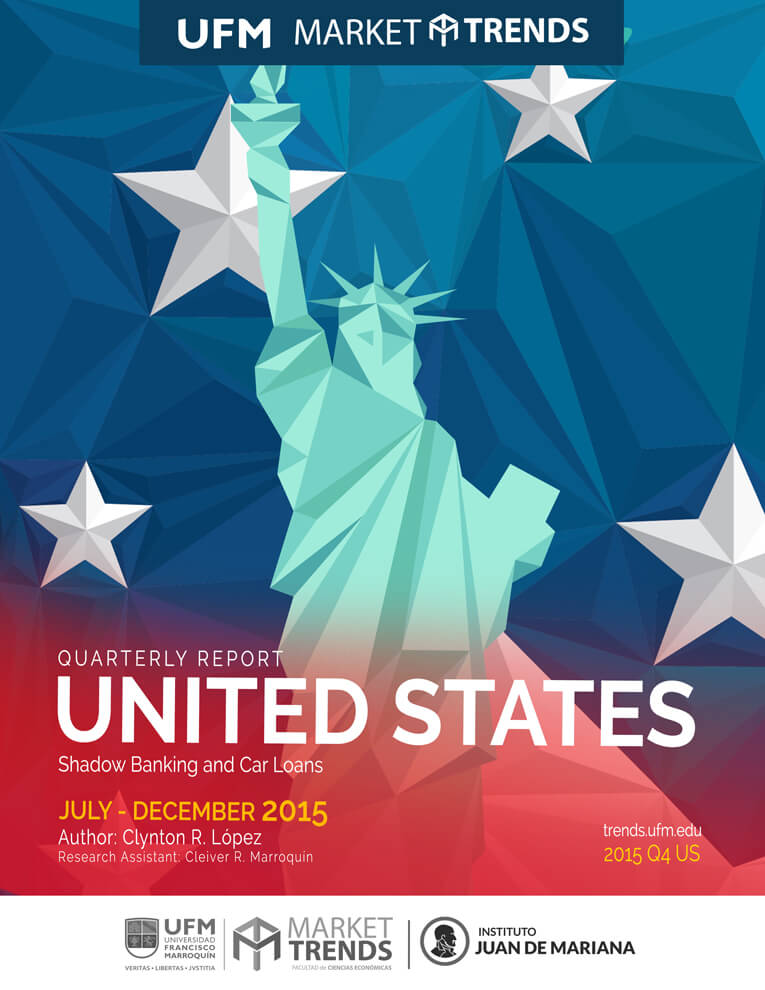During the third quarter of 2015, growth in the United States was 2% on a decrease in exports and increase in imports. Unemployment continues to decline in the US reaching 5% in November 2015. The labor force participation rate (includes the entire population above the age of sixteen) is at 62.5%. That is the lowest level it has been 1977. Inflation as measured by the Consumer Price Index has reported negative values on the year; lower gasoline prices have exerted powerful downward pressure on the CPI numbers coming out of the US.
During the third quarter of 2015, growth in the United States was 2% on a decrease in exports and increase in imports.
Unemployment continues to decline in the US reaching 5% in November 2015.
The labor force participation rate (includes the entire population above the age of sixteen) is at 62.5%. That is the lowest level it has been 1977.
Inflation as measured by the Consumer Price Index has reported negative values on the year; lower gasoline prices have exerted powerful downward pressure on the CPI numbers coming out of the US.
The housing price index grew at a rate of 5%. That figure is less than 8% in 2013, and 6% in 2014.
The producer price index is continuing to decline despite some recent growth. It looks to be approaching negative territory.
Stock market indices (Dow Jones, Nasdaq and S & P 500) at record high levels, even after the pullback in August last year.
Although volatility has increased in the major indices since August which has resulted in zero growth as of November.
The number of car loans is increasing rapidly, primarily in shadow banking sectors over commercial banks but the numbers have tapered in recent months.
To put it bluntly, the shadow banking sector has 1.86 times the market for car loans than commercial banks.
Financial market liquidity has begun to change in anticipation of the Federal Reserve’s decision to raise interest rates in December. This has caused an uptick in the level of system risk liquidity from low risk to medium risk.
Federal debt levels remain stable throughout the third quarter of 2015. The only change coming from the seasonality of revenue.
The financial account and the current account have changed direction since the second quarter of 2015.
As a result of the expectations of the Fed raising interest rates the dollar has appreciated against the euro and the yuan.



